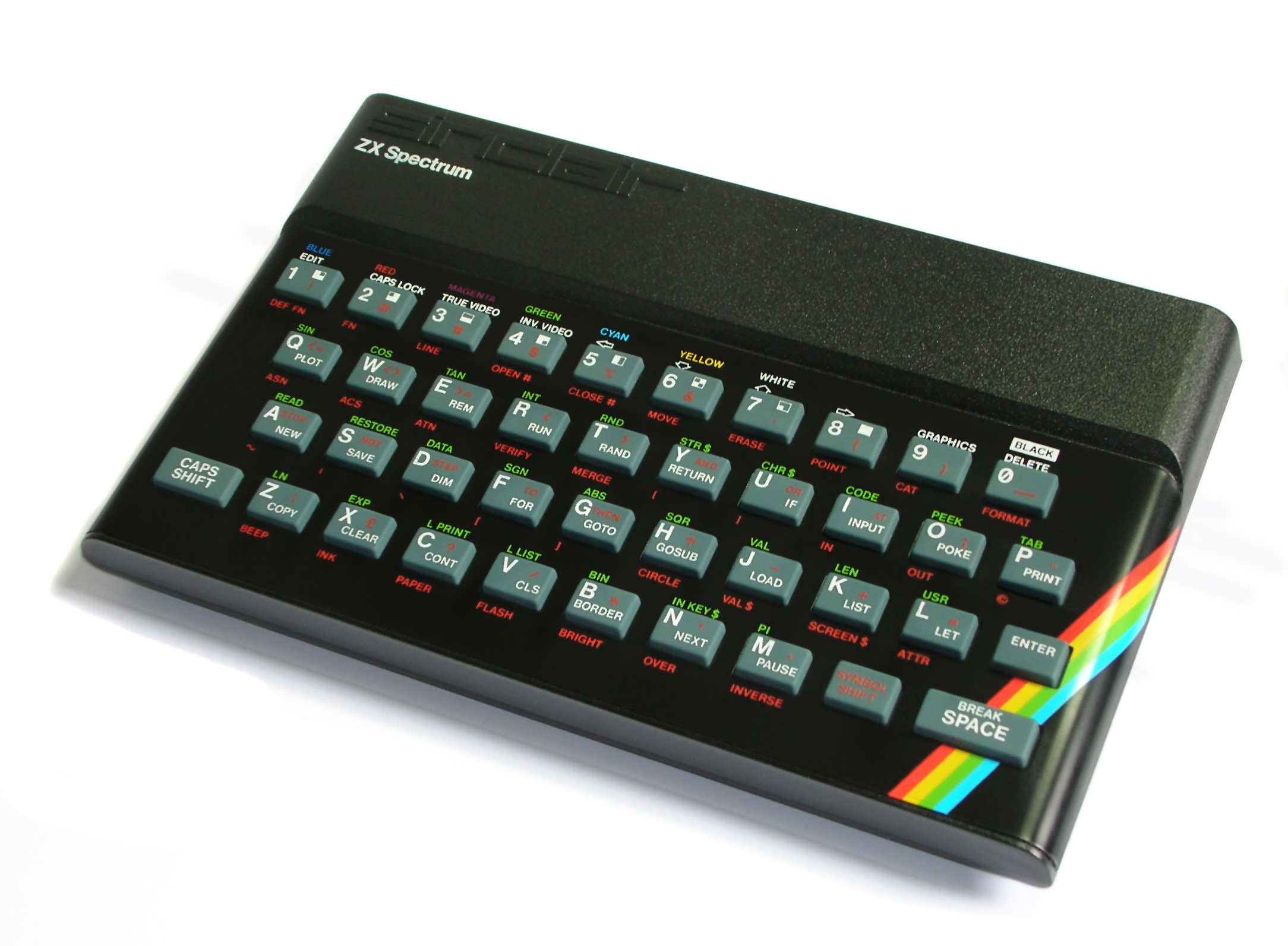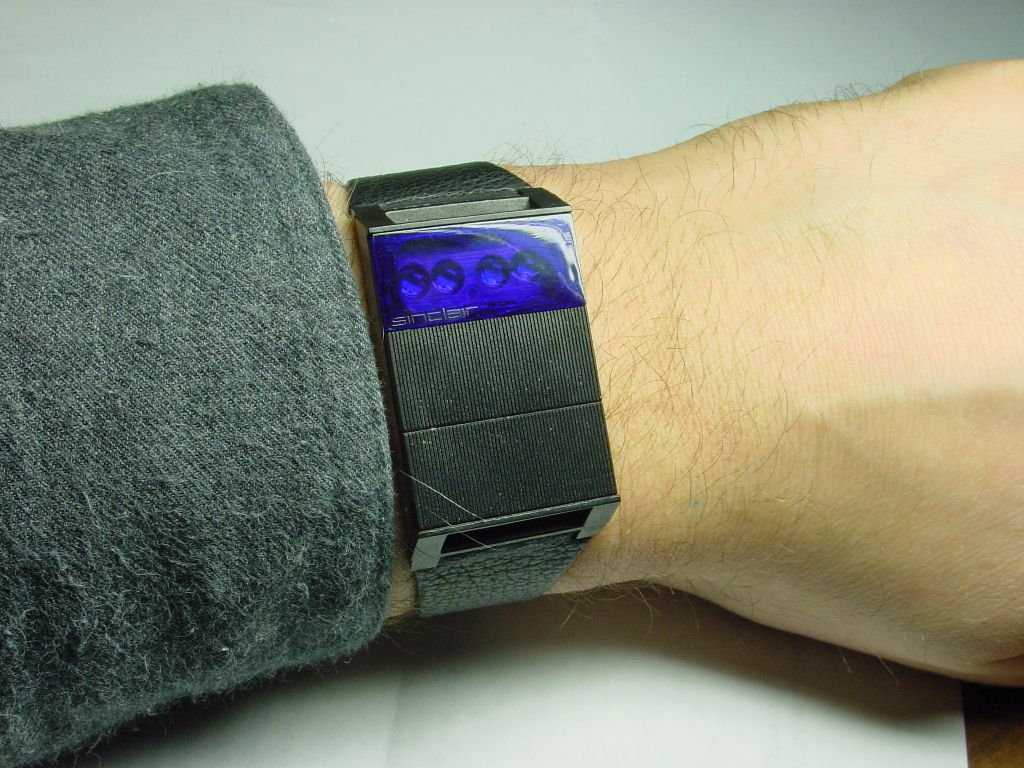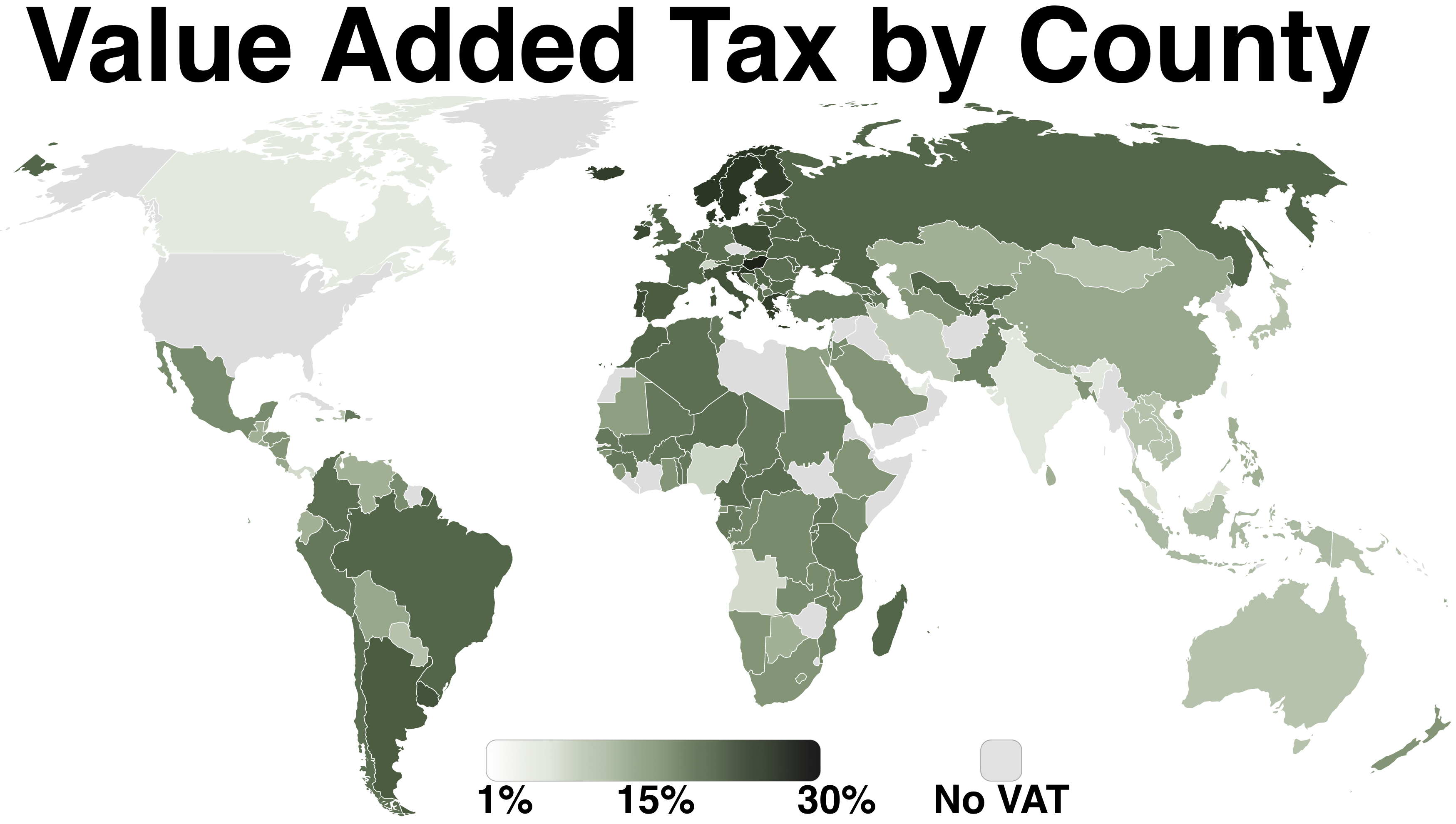|
Sinclair Radionics
Sinclair Radionics Ltd was a company founded by Sir Clive Sinclair in Cambridge, England which developed hi-fi products, radios, calculators and scientific instruments. History After raising funds to start the business by writing articles for ''Practical Wireless'' magazine, and borrowing £50, Clive Sinclair founded Sinclair Radionics Ltd. on 25 July 1961. Sinclair initially worked alone in the evenings in a room in London (he was still a technical journalist during the day), selling radio kits by mail order. Radios and Hi-Fi Radionics initially developed hi-fi equipment; it released its first product, the Sinclair Micro-amplifier, in December 1962. The assembly and distribution of this product were contracted out to Cambridge Consultants. In 1963 Sinclair Radionics introduced their first radio with the "Sinclair Slimline" in kit form at forty-nine shillings and sixpence (£2.47½). A year later, in 1964, Sinclair released the "X-10" amplifier, one of the first comm ... [...More Info...] [...Related Items...] OR: [Wikipedia] [Google] [Baidu] |
Sinclair Research
Sinclair Research Ltd is a British consumer electronics company founded by Clive Sinclair in Cambridge. It was originally incorporated in 1973 as Westminster Mail Order Ltd, renamed Sinclair Instrument Ltd, then Science of Cambridge Ltd, then Sinclair Computers Ltd, and finally Sinclair Research Ltd. It remained dormant until 1976, when it was activated with the intention of continuing Sinclair's commercial work from his earlier company Sinclair Radionics, and adopted the name Sinclair Research in 1981. In 1980, Clive Sinclair entered the home computer market with the ZX80 at £99.95, at that time the cheapest personal computer for sale in the United Kingdom. In 1982 the ZX Spectrum was released, becoming the UK's best selling computer, and competing aggressively against Commodore and Amstrad. At the height of its success, and largely inspired by the Japanese Fifth Generation Computer program, the company established the "MetaLab" research centre at Milton Hall near ... [...More Info...] [...Related Items...] OR: [Wikipedia] [Google] [Baidu] |
Wireless World
''Electronics World'' (''Wireless World'', founded in 1913, and in September 1984 renamed ''Electronics & Wireless World'') is a technical magazine in electronics and RF engineering aimed at professional design engineers. It is produced monthly in print and digital formats. The editorial content of ''Electronics World'' covers the full range of electronics and RF industry activities including technology, systems, components, design, development tools, software, networking, communications tools and instrumentation. It encompasses a range of issues in the electronics and RF industry, from design through to product implementation. The features are contributed by engineers and academics in the electronics industry. The circulation is split between electronic design engineers, senior managers, and R&D professionals within areas such as communications, manufacturing, education and training, IT, medical, power, oil and gas. History The Marconi Company published the first issue of the ... [...More Info...] [...Related Items...] OR: [Wikipedia] [Google] [Baidu] |
MTV-1
The MTV-1 Micro TV was the second model of a near pocket-sized television. The first was the Panasonic IC model TR-001 introduced in 1970. The MTV-1 was developed by Clive Sinclair (Sinclair Radionics Ltd). It was shown to the public at trade shows in London and Chicago in January, 1977, and released for sale in 1978. Development spanned 10 years and included a cash infusion of (about ) from the UK government in 1976. The MTV-1 used a German AEG Telefunken black-and-white, electrostatic deflection cathode ray tube (CRT) and included a rechargeable 4- AA-cell NiCad battery pack. It measured and weighed . It was able to receive either PAL or NTSC transmissions on VHF or UHF. A Welsh company, Wolsey Electronics, manufactured it for Sinclair. Custom ICs made by Texas Instruments Texas Instruments Incorporated (TI) is an American technology company headquartered in Dallas, Texas, that designs and manufactures semiconductors and various integrated circuits, which it sells ... [...More Info...] [...Related Items...] OR: [Wikipedia] [Google] [Baidu] |
National Research And Development Council
The National Enterprise Board (NEB) was a United Kingdom government body. It was set up in 1975 by the Labour government of Harold Wilson, to support the government's interventionist approach to industry. In 1981 the Conservative government of Margaret Thatcher, combined the NEB with the National Research Development Corporation (NRDC) to form the British Technology Group. Background The NEB was the brainchild of the economist Stuart Holland and the Shadow Secretary of State for Industry Tony Benn in the early-1970s, and was modelled on the Italian Istituto per la Ricostruzione Industriale (IRI), which was seen to have successfully restructured the Italian economy after World War II. In its original conception, the NEB was intended to extend public control and ownership of the economy, by taking a stake in the UK's leading manufacturing firms, which would then be required to make planning agreements to meet economic targets. Although the leadership of the Labour Party did not fu ... [...More Info...] [...Related Items...] OR: [Wikipedia] [Google] [Baidu] |
Sinclair MTV-1 Front
Sinclair may refer to: Places * Lake Sinclair, near Milledgeville, Georgia * Sinclair, Iowa * Sinclair, West Virginia * Sinclair, Wyoming * Sinclair Mills, British Columbia * Sinclair Township, Minnesota * Sinclair, Manitoba People * Sinclair (surname), list of people with this surname * Clan Sinclair, Scottish family * Lord Sinclair, a title in the Peerage of Scotland * Sinclair Lewis (1885–1951), Nobel Prize-winning American writer * Sinclair (singer), stage name of French singer-songwriter Mathieu Blanc-Francard (born 1970) * Sir Clive Sinclair, an English entrepreneur and inventor, most commonly known for his work in consumer electronics in the late 1970s and early 1980s - including ZX Spectrum computers. Companies * Sinclair Broadcast Group, operator of American television stations * Sinclair Oil Corporation, American petroleum company * Sinclair Radionics Ltd, British electronics company founded in 1961 * Sinclair Research Ltd, British consumer electronics comp ... [...More Info...] [...Related Items...] OR: [Wikipedia] [Google] [Baidu] |
National Enterprise Board
The National Enterprise Board (NEB) was a United Kingdom government body. It was set up in 1975 by the Labour government of Harold Wilson, to support the government's interventionist approach to industry. In 1981 the Conservative government of Margaret Thatcher, combined the NEB with the National Research Development Corporation (NRDC) to form the British Technology Group. Background The NEB was the brainchild of the economist Stuart Holland and the Shadow Secretary of State for Industry Tony Benn in the early-1970s, and was modelled on the Italian Istituto per la Ricostruzione Industriale (IRI), which was seen to have successfully restructured the Italian economy after World War II. In its original conception, the NEB was intended to extend public control and ownership of the economy, by taking a stake in the UK's leading manufacturing firms, which would then be required to make planning agreements to meet economic targets. Although the leadership of the Labour Party did not fu ... [...More Info...] [...Related Items...] OR: [Wikipedia] [Google] [Baidu] |
Digital Watch
A watch is a portable timepiece intended to be carried or worn by a person. It is designed to keep a consistent movement despite the motions caused by the person's activities. A wristwatch is designed to be worn around the wrist, attached by a watch strap or other type of bracelet, including metal bands, leather straps or any other kind of bracelet. A pocket watch is designed for a person to carry in a pocket, often attached to a chain. Watches were developed in the 17th century from spring-powered clocks, which appeared as early as the 14th century. During most of its history the watch was a mechanical device, driven by clockwork, powered by winding a mainspring, and keeping time with an oscillating balance wheel. These are called '' mechanical watches''. In the 1960s the electronic ''quartz watch'' was invented, which was powered by a battery and kept time with a vibrating quartz crystal. By the 1980s the quartz watch had taken over most of the market from the mec ... [...More Info...] [...Related Items...] OR: [Wikipedia] [Google] [Baidu] |
Sinclair Black Watch
The Black Watch is an electronic wristwatch launched in September 1975 by Sinclair Radionics. It cost £24.95 ready-built, but was also available for £17.95, as a kit. These prices are equivalent to around £ and £ respectively in , when adjusted for inflation In economics, inflation is an increase in the general price level of goods and services in an economy. When the general price level rises, each unit of currency buys fewer goods and services; consequently, inflation corresponds to a reductio .... The Black Watch was supplied with a plastic band as standard, with a black stainless steel bracelet available as an extra at £2.00. Design The Black Watch was equipped with a red LED display, which illuminated only when the watchcase's surface was pressed; pressing one part of the case displayed hours and minutes, pressing another displayed minutes and seconds. The Black Watch was later available in grey and white, with these versions also having a date function. The ... [...More Info...] [...Related Items...] OR: [Wikipedia] [Google] [Baidu] |
Sinclair Sovereign
The Sinclair Sovereign was a high-end calculator introduced by Clive Sinclair's company Sinclair Radionics in 1976. It was an attempt to escape from the unprofitable low end of the market, and one of the last calculators Sinclair produced. Made with a case of pressed steel that a variety of finishes, it cost between and at a time when other calculators could be purchased for under . A number of factors meant that the Sovereign was not a commercial success, including the cost, high import levies on components, competition from cheaper calculators manufactured abroad, and the development of more power-efficient designs using liquid-crystal displays. Though it came with a five-year guarantee, issues such as short battery life limited its usefulness. The company moved on to producing computers soon afterwards. The design by John Pemberton won a Design Council award, and there are examples of the Sovereign in the Museum of Modern Art in New York. It had a Mostek MK50321N main in ... [...More Info...] [...Related Items...] OR: [Wikipedia] [Google] [Baidu] |
Sinclair Oxford 300
Sinclair Oxford was a range of low-cost scientific calculators manufactured and sold by Sinclair Radionics in England from 1975 until 1976. History In November 1974, Gillette wanted to enter the consumer electronics market, so consulted Sinclair, who designed for them the ''Gillette GPA''. Whilst the GPA was released, Gillette put the product on hold after a short time due to economic and pricing uncertainties. Sinclair would use the GPA design for the Oxford range, the development and tooling of which had been paid for by Gillette. The first model was the ''Oxford 100'', launched in Spring 1975 for (all prices exclude VAT); and essentially the same as the GPA. Both the Gillette GPA and Oxford 100 models used 8 digit displays with red light-emitting diodes (LEDs), 4 functions, 9 volt PP3 batteries, and measured . Models All the Oxford models were similar in appearance; the 150 was introduced in 1975 introducing the ability to calculate percentages and square roots. The ''Oxford ... [...More Info...] [...Related Items...] OR: [Wikipedia] [Google] [Baidu] |
Value Added Tax
A value-added tax (VAT), known in some countries as a goods and services tax (GST), is a type of tax that is assessed incrementally. It is levied on the price of a product or service at each stage of production, distribution, or sale to the end consumer. If the ultimate consumer is a business that collects and pays to the government VAT on its products or services, it can reclaim the tax paid. It is similar to, and is often compared with, a sales tax. VAT is an indirect tax because the person who ultimately bears the burden of the tax is not necessarily the same person as the one who pays the tax to the tax authorities. Not all localities require VAT to be charged, and exports are often exempt. VAT is usually implemented as a destination-based tax, where the tax rate is based on the location of the consumer and applied to the sales price. The terms VAT, GST, and the more general consumption tax are sometimes used interchangeably. VAT raises about a fifth of total tax revenues ... [...More Info...] [...Related Items...] OR: [Wikipedia] [Google] [Baidu] |

.jpg)


